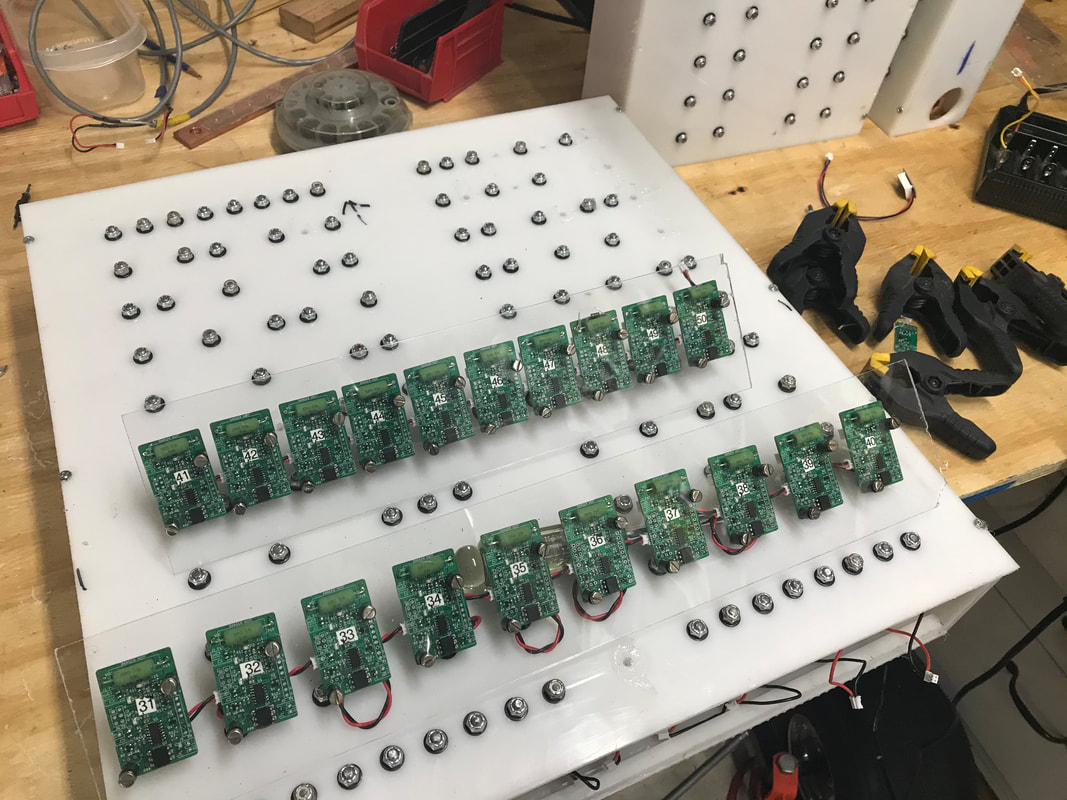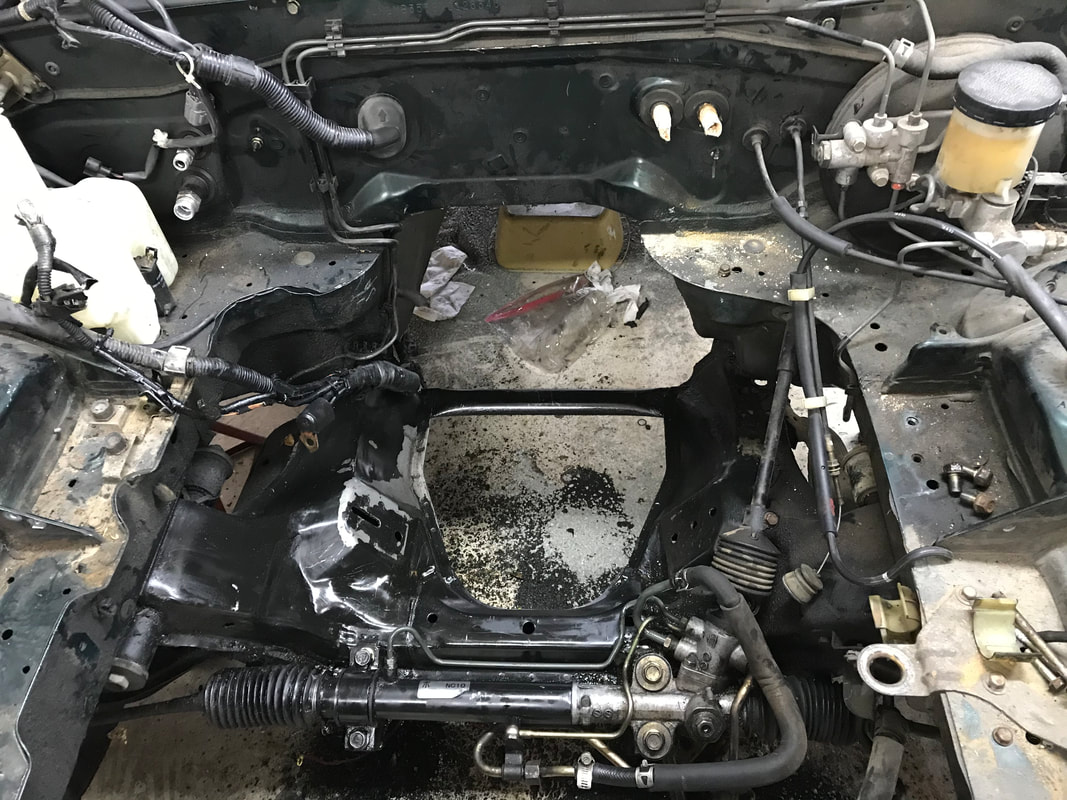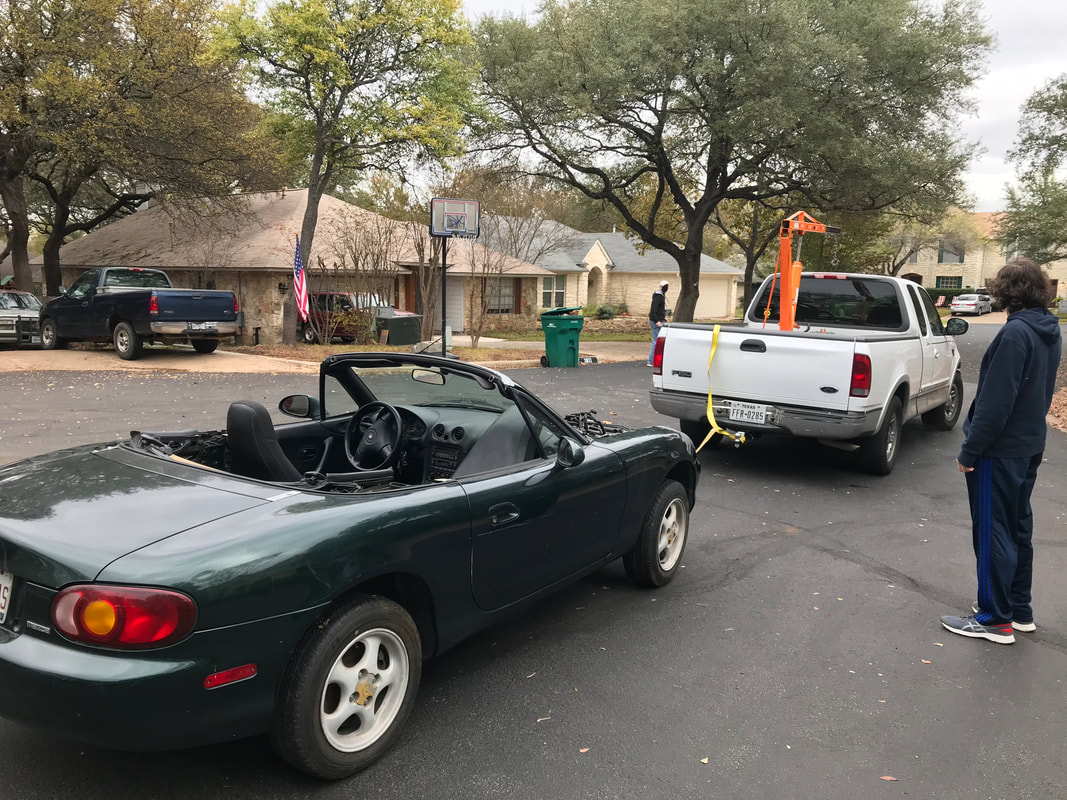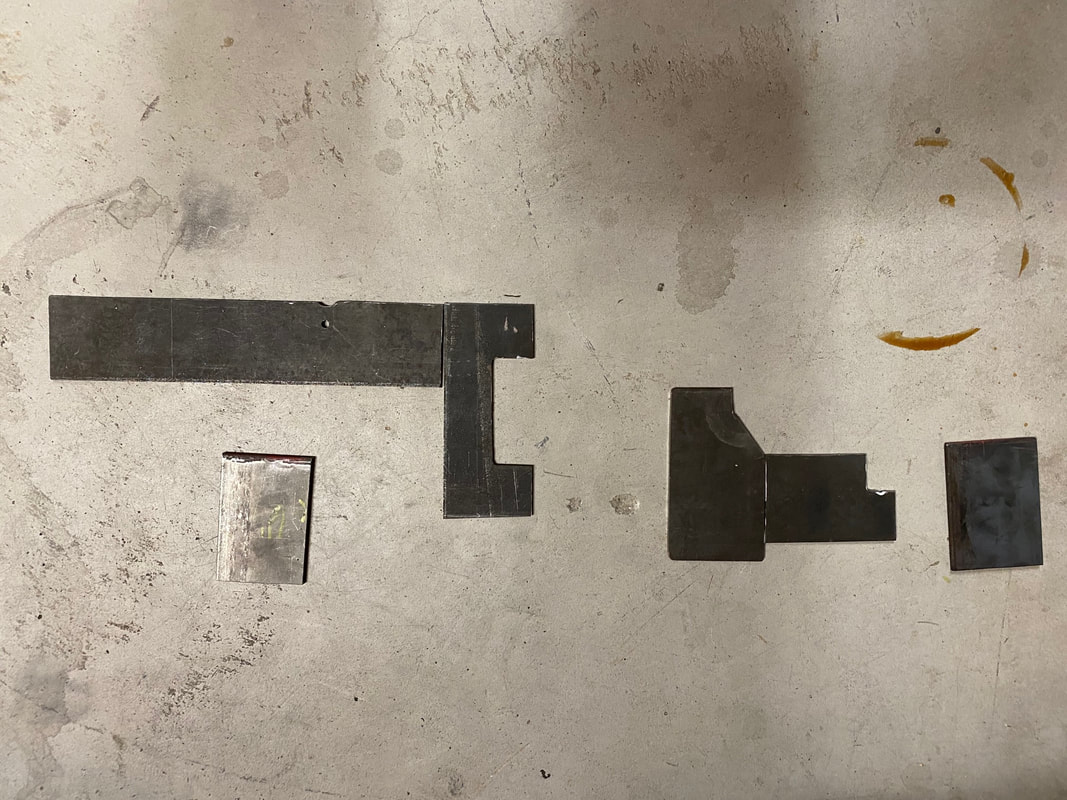|
Hello Electrified Miata fans! It's been two weeks since I wrote last and we've been busy! I was overwhelmed with gratitude this week when we met for car night. I've worked on lots of teams in my career and this team is really special. Here is a group of people, willing to brave the cold, work in masks, and give freely of their time to make car dreams come true. Every team member brings a unique perspective, diverse talents, and ability to solve problems. The result is so much better and safer than if I tried to do everything myself. It feels magical to have that much focused talent in one garage. Join us on this journey of making an Electrified Miata. Dave Evans, who is designing and constructing an electric Formula Mazda, joined us for car night. Dave, Brian and Bruce worked on laying out the enclosures needed to house our 3 Pi's and associated hardware. When Dave found the right enclosures on Amazon, Dave ordered them right away! Let's get it done! Thank you Dave. Joe ran some performance tests on the 20 BMS board battery assembly. Joe and Brian solved the Anderson PowerPole connector puzzles for the mini-battery pack which will used on the go-kart. Eric and Bruce assembled studs from pre-cut all-thread in preparation for the large Miata battery. I answered questions, asked questions, changed requirements on the fly and was generally amazed at everything happening. In fact, I was so excited I forgot to take pictures on car night! I do remember realizing I was cold at the end of the night as we kept the garage open as well as wearing masks. Thank you Brian, Bruce, Eric, Joe and Dave for all your work and problem solving. I feel so blessed to work with y'all. Car night was the culmination of lots of work in three main areas. Joe made major progress on the BMS and has reached new milestones. That progress has facilitated progress on the finishing the battery packs. In parallel with those efforts, Bruce and Eric have been taking care of the details mounting the motor in the Miata. Our project has not escaped the saying 'the devil is in the details'! We found several of these hidden details since the last time I wrote. We'll start by talking about the BMS. Joe was finishing up one of the last major features on the boards. This feature is the ability to control how much balancing current is taken from a cell within a pack. The control is accomplished using Pulse Width Modulation (PWM). Joe discovered whenever he activated PWM, at least one of the boards would reset itself. What the heck was going on? After some consultation with Jon Guy (Thanks Jon!!!) we realized the the type of resistor we used to absorb the balancing current had a significant effect on the rest of the on-board electronics. For our design, we choose a wire-wound resistor vs. the cheaper carbon film surface mount type. In previous tests, the surface mount type was having a hard time staying cool enough while still providing the proper amount of resistance. This project is a prototype, and we don't know what is needed yet so we choose a more expensive wire wound resistor which has no problem with high temperatures. The problem which Joe discovered is that wire wound in a coil also has inductance. Wire wound coils are quite useful when the goal is generating large voltage spikes, like ignition coils and fluorescent lights. This is not desirable around sensitive electronics like our microprocessor. With some experimentation, Joe found by slowing the switching speed connected to the wire wound resistor, we could lessen the voltage spikes. In this case, we aren't concerned with switching efficiency, so the trade off is acceptable. Joe had to modify all 30 boards with new components to alter the turn on/turn off speed. He finished 20 of them and gave them to me to test. After laying each set of 10 BMS boards on the battery end plastics, I tried to communicate with 10 boards in a chain. The previous generation boards could only achieve 6 in a chain. Ten boards worked fine and the 9600 baud rate was much nicer than the older 2400. I connected the other 10 boards and tested with 20 boards in a chain. It worked! WhooHooo! This means we can finish the design. Our largest pack has 32 boards in it with all the other packs being 20 boards or less. I thought that in the worst case, I can split the 32 boards into 2 strings of 16. There was one more test to run to verify this design functionality. A requirement we have for these boards is the ability to change the firmware on each board while installed in a pack. Joe figured out how to do this, and I was able to test this for myself. Another feature working correctly! :) Yes! Fist pump! On car night, Joe arrived and gave me 8 more boards. These additional boards allow me to finish one small pack (without taking all 20 apart from our mid-sized pack). This small pack will be tested in the go-kart before final installation in the Miata. Joe also brought his tools to verify the quality of our signals while using 20 boards. We're experiencing a 1 micro-second delay per board. At a baud rate of 9600, (104 micro seconds per bit), we'll be able to use 32 boards without significant signal degradation. Whew! That is great news. With the BMS progressing very well, we turned our attention to mounting the motor in the Miata. Now that the motor and transmission are successfully joined, it was time to install the combination in the car. In the first attempt, the new bell-housing was rubbing on the bottom on the Miata sub-frame. Sigh. I got to experience separating and joining the transmission and motor. This experience was different as I can pickup and move motor and transmission all by hand as opposed to my previous experiences with larger V8 motors. A combination of band-saw and angle grinder helped trim the bell-housing and after re-assembly, I performed a second attempt on installing the motor. This didn't work either but the problem was one of the Leaf motor mount bolts was protruding, hitting the steering rack. Finding the right sized bolt, (thank you Home Depot) fixed this problem and motor and transmission were close to their actual position. I eyeballed the Power Plant Frame (PPF) attachment and it looked like all was fine. Now I had to get the Miata cleaned up for installation. No one likes working on a greasy car, and we'll be welding on or near the car. Excess oil can cause fires or poor welds, so despite not liking cleaning, it had to be done. Lucky for me, I has some help with the cleaning. Eric came over and we found there were actually different colors in the engine bay besides dull black of 240K miles of oil crusted road grime. We also removed AC lines, fuel lines, and the power steering pump. I intend to run this prototype without power steering. My Pantera didn't have power steering and had a small diameter steering wheel. The Miata without power steering feels like less effort than the Pantera. We looped the power steering rack back on itself, keeping the fluid in the rack. We also removed the PPF and driveshaft for transport over to Bruce's. Thanks Eric for all the help! Another unpowered Miata trip behind the truck and the car was over at Bruce's so the fabrication of motor mounts and the welder could be in the same place. Once again,we installed the motor/transssion at Bruce's and this time we connected the PPF. The motor sat forward by about 1/2" so my 'eyeballing' was off. Sigh, another darned detail. The motor was rubbing on the steering rack. The PPF has a certain amount of adjustment on the transmission end. Bruce and Eric extended that a tad and managed to get the motor to clear the steering rack. For those of you contemplating doing this yourself, I'd recommend a 1.5" (or slightly less) space between the Leaf motor and the transmission vs. the 2" I used. Less than 1.5" will need trimming of either the Leaf motor or Miata transmission shaft. The pilot bushing part of the Miata transmission is plenty long and could be trimmed rather easily. I'm still using the pilot bearing as additional support inside the coupler. The current setup will work fine for the prototype. Bruce and Eric have cut the 4 pieces of metal for the base of the motor mounts. 2 for the Miata side, and 2 for the Leaf motor side. Next week we'll concentrate on getting the 2 small Miata battery packs mounted on the go-kart as well as starting to assemble the Pi's and associated hardware, like 5 volts supply and network. Will also be working on refining BMS software. Suspension bushings have been ordered, so if they arrive next week, we'll start work on those. We have to drop the rear sub-frame to repair the broken rear brace mount. Since we have it down, this will be the best time to perform and upgrade on the rear-suspension components. Unfortunately, there is a 6 month wait list for 'Delrin' bushings, so I had to go with the Energy polyurethane solution at this time. I'm sure that will be quite a bit better than the stock worn out rubber. Figuring out traction problems can be quite complicated when the rear end moves a lot because of worn out bushings. This website has also been renewed, so y'all can follow along for another year. Hope everyone is staying healthy and having fun! Thanks for
reading.
0 Comments
Leave a Reply. |
AuthorBill likes cars that understand the 'go fast now' pedal. Archives
May 2022
Categories |
Proudly powered by Weebly





 RSS Feed
RSS Feed